With Bosnia being the larger and more southern of the two, Bosnia and Herzegovina are made up of two main geographical regions. It has never enjoyed administrative recognition within the confines of Bosnia and Herzegovina’s economic and geographic division, nor has it ever possessed clearly defined limits concerning geography, culture, or history.
Four significant historical periods, marked by social and political upheavals that impacted the emergence of unique cultural and architectural practices among the populace, had a significant impact on Bosnia and Herzegovina’s architecture. Every generation left its mark and added to the region’s expanding cultural diversity and architectural language.
Ottoman influence
Empire of the Ottomans
Beginning in 1384, the Ottomans conquered Bosnia and Herzegovina and later extended their invasion into what is now known as Bosansko Krajište. In 1463, Bosnia’s Kingdom ultimately crumbled. The Turks conquered Herzegovina in 1482. The western regions of what is now Bosnia did not fall victim to Ottoman invasions for another hundred years. Under the legal rule of the Berislavić royal house, Bosnia persisted until its city, Jajce, collapsed in 1527. In the same year, the first occupation administration was founded.
Some important architectural components are:
Ottoman mosques
Around one thousand mosques that date back to the Ottoman era (1463–1878) at the beginning of the 20th century may be found in Bosnia and Herzegovina. Others have estimated that the current number is significantly lower. This work aims to establish a typological taxonomy of historical forms that changed over more than four centuries. The diversity of patterns is caused by a variety of influences, which include the sophisticated Ottoman style as well as regional building practices and material conditions. Thirty-six historic domed mosques, the majority of whose architecture is based on the classical repertoire of the sixteenth century, can be found in Bosnia and Herzegovina. Still, a much higher proportion of mosques have sloping roofs, which strongly suggest home influences.
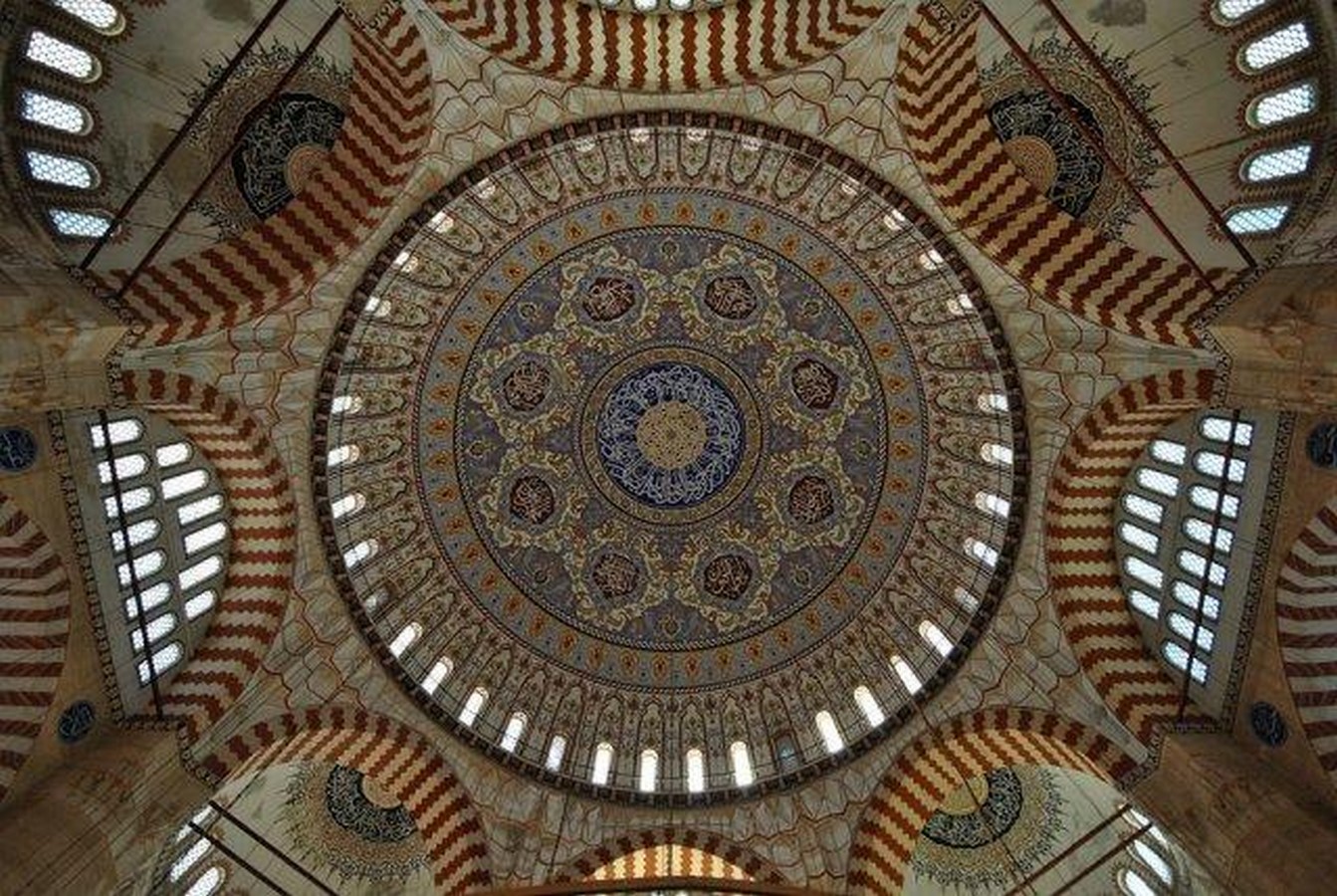
Ottoman Bridges
The most identifiable feature in Mostar is the Stari Most, sometimes referred to as the Old Bridge. This 16th-century Ottoman masterpiece, admired for its fine brickwork and single graceful arch, embodies both the beauty and usefulness of Ottoman bridge architecture.
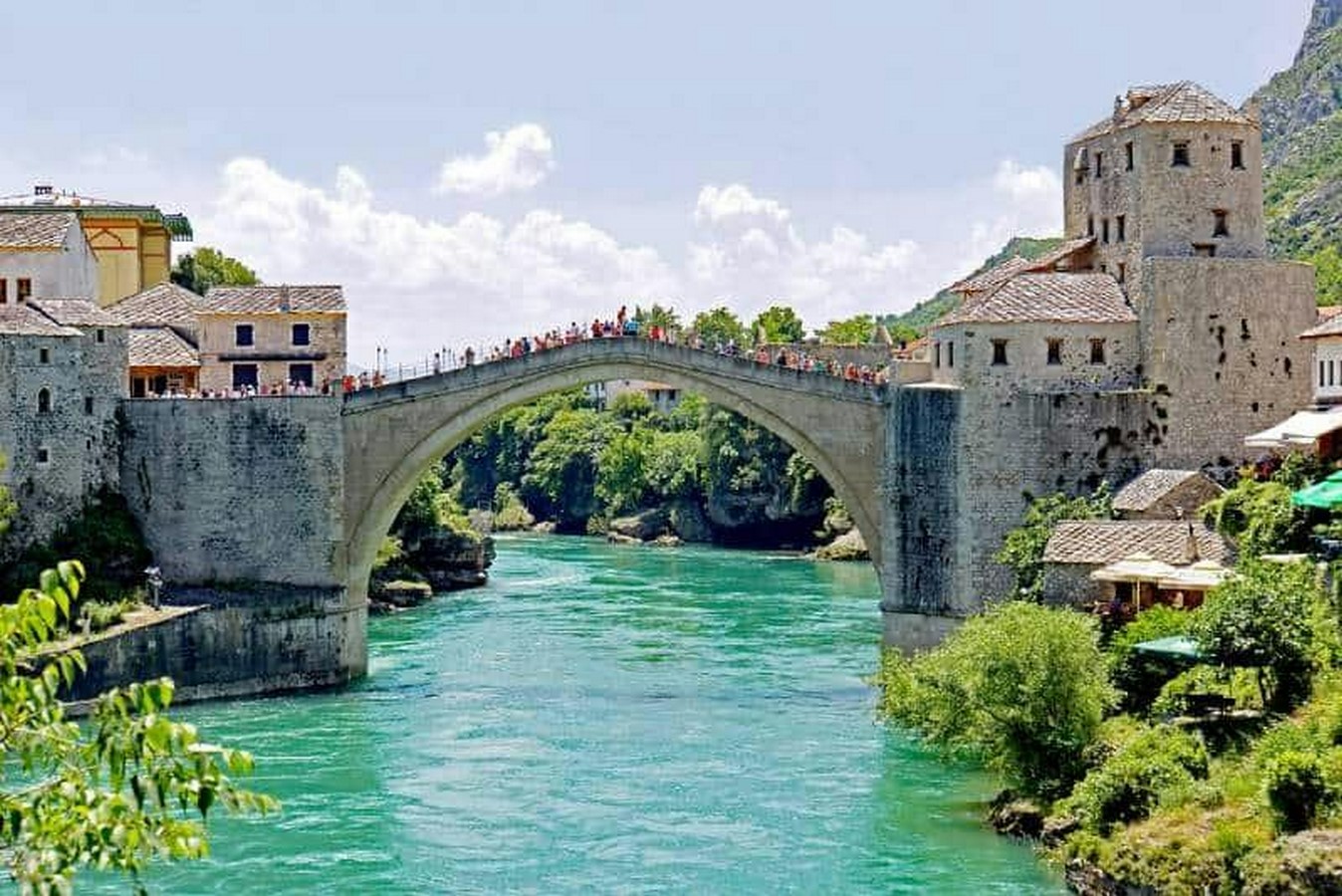
Ottoman bazaar
Baščaršija is home to both Sarajevo’s medieval centre and the ancient market. In the fifteenth century, Isa-Beg Ishaković made Baščaršija the Ottoman Empire’s capital. Even now, there are still markets, and most of the stores that cater to tourists are along the cobblestone roads. Bezistan by Gazi Husrev-beg also features an indoor covered bazaar. Several of Sarajevo’s most popular attractions are located in this neighbourhood, including the Tomb of Gazi Husrev-Beg, Sebilj Brunnen, Gazi Husrev-beg Mosque, and Sarajevo City Hall.
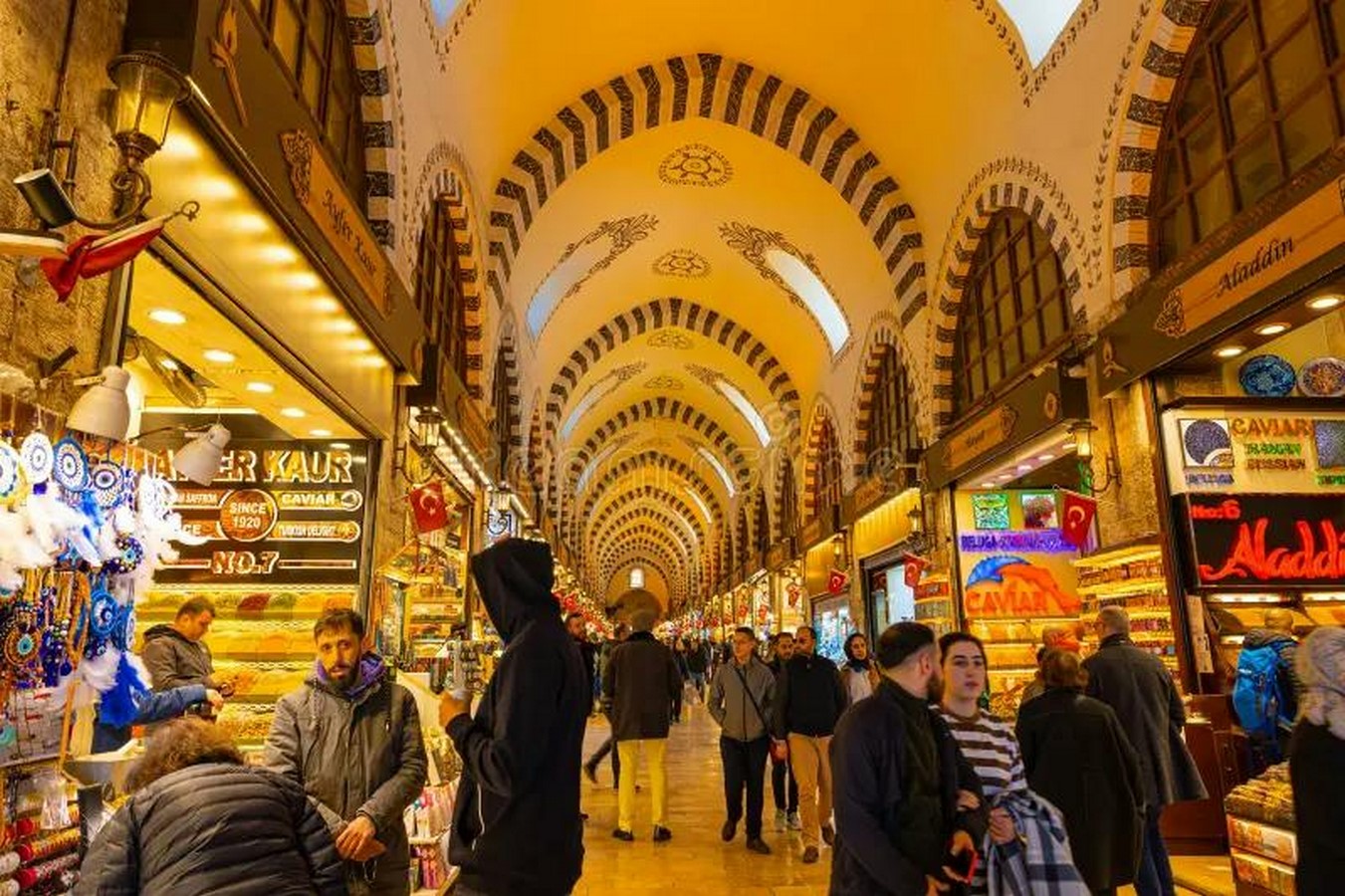
Austro-Hungarian Influence
Following the Ottoman era, Herzegovina came under Austro-Hungarian rule, leaving a distinct architectural footprint. Austro-Hungarian architecture introduced a Western European touch, and notable examples include:
Viaducts and Railway Stations:
The heavy infrastructure investment done by the Austro-Hungarians allowed for the construction of beautiful railway viaducts and stations. mixing local assets with Austro-Hungarian desires
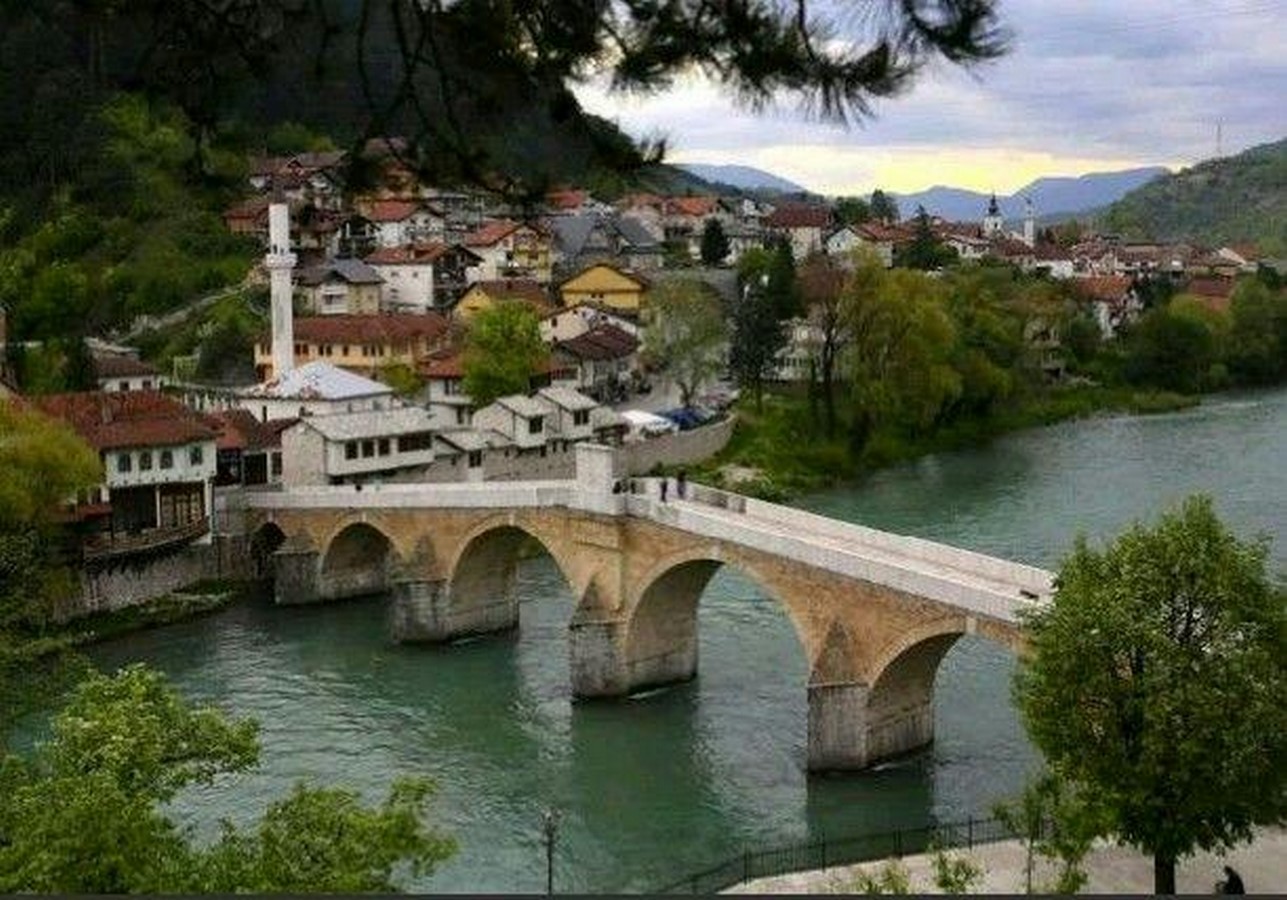
Public buildings
Sarajevo and Bosnia-Herzegovina as a whole still retain, among other architectural, historical artefacts, the original artistic, architectural, and technical characteristics of Austro-Hungarian architecture. Reminiscent of our architectural past, residential and public representative urban blocks, streets, and squares contribute to the city’s architectural and urban image while establishing a unique mood. Several buildings are valuable and protected by law due to their artistic, historical, and architectural significance. These buildings are also very important from a historical, environmental, practical, and even aesthetic standpoint.
Slavic Impact
Herzegovina’s architecture has a strong Slavic influence which depicts the traditions and principles of the people living there. Important architectural components consist of:
Slavic architecture is commonly associated with traditional Russian architecture, and while the majority of historic architecture in Russia is Slavic, other countries also have some sort of Slavic architecture. Slavic countries are part of the Indo-European stretch, and because Russia occupies a huge land mass in this band between Asia and Europe, much Slavic architecture resonates inside its borders.
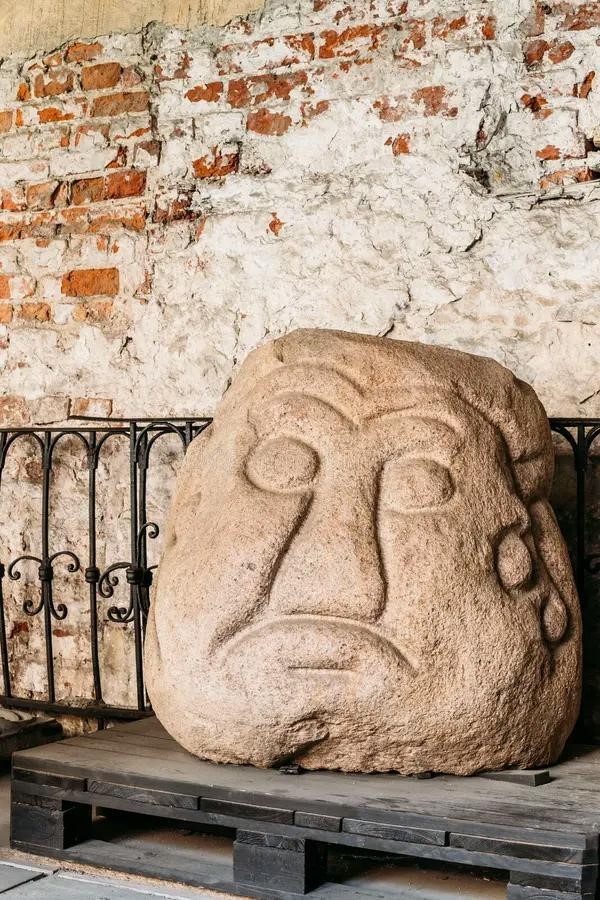
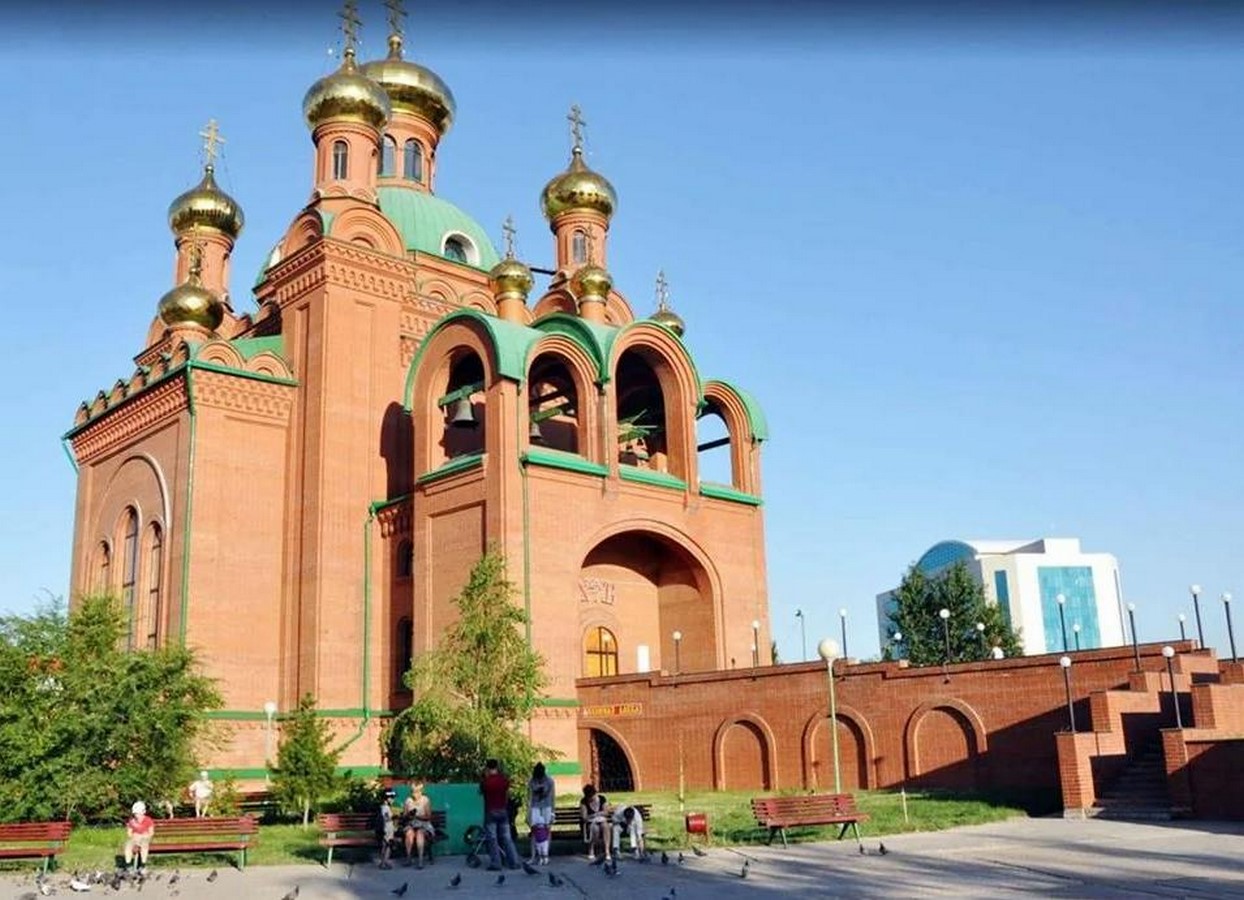
Blend of styles
A mixture of different materials
The perfect blend of different styles and influences is one of the most striking features of Herzegovina architecture. The region is an example of multiple cultures coexisting. Mostar, for example, is a microcosm of its cultural harmony, with Orthodox churches, Catholic cathedrals and mosques all within walking distance This unique mix of cultures and religions shows how Herzegovinian steadfastness and unity.
Post-War Reconstruction
Herzegovina’s latest history has been marked using violence, particularly through the Bosnian War in the early 1990s. As a result, several architectural gemstones were broken or destroyed. However, great tries were made to improve and repair those historical landmarks. The rebuilding of Mostar’s Old Bridge, which was damaged in the course of the warfare, served as an image of optimism and reconciliation. The effort to guard and rebuild these cultural gems emphasizes the importance of structure in keeping the region’s identification and recuperation of its wounds.
Conclusion
With its numerous and rich architectural legacy, Herzegovina gives a fascinating adventure via time and way of life. The confluence of Ottoman, Austro-Hungarian, and Slavic effects has led to a distinct architectural landscape that captures the vicinity’s turbulent records as well as its enduring spirit. Herzegovina’s structure, from Ottoman mosques and Austro-Hungarian viaducts to traditional Slavic dwellings, portrays a story of resistance, coexistence, and the unbroken human spirit.
Herzegovina’s architectural tapestry is an example of the surviving strength of tradition and culture, encouraging tourists to witness its beauty and significance experience.

References:
(No date) Review of methods for buildings energy performance modelling – conscience. Available at: https://iopscience.iop.org/article/10.1088/1757-899X/245/4/042049 (Accessed: 22 October 2023).
Herzegovina (2023) Wikipedia. Available at: https://en.wikipedia.org/wiki/Herzegovina (Accessed: 23 October 2023).
Architecture of Russia (2023) Wikipedia. Available at: https://en.wikipedia.org/wiki/Architecture_of_Russia (Accessed: 23 October 2023).


















